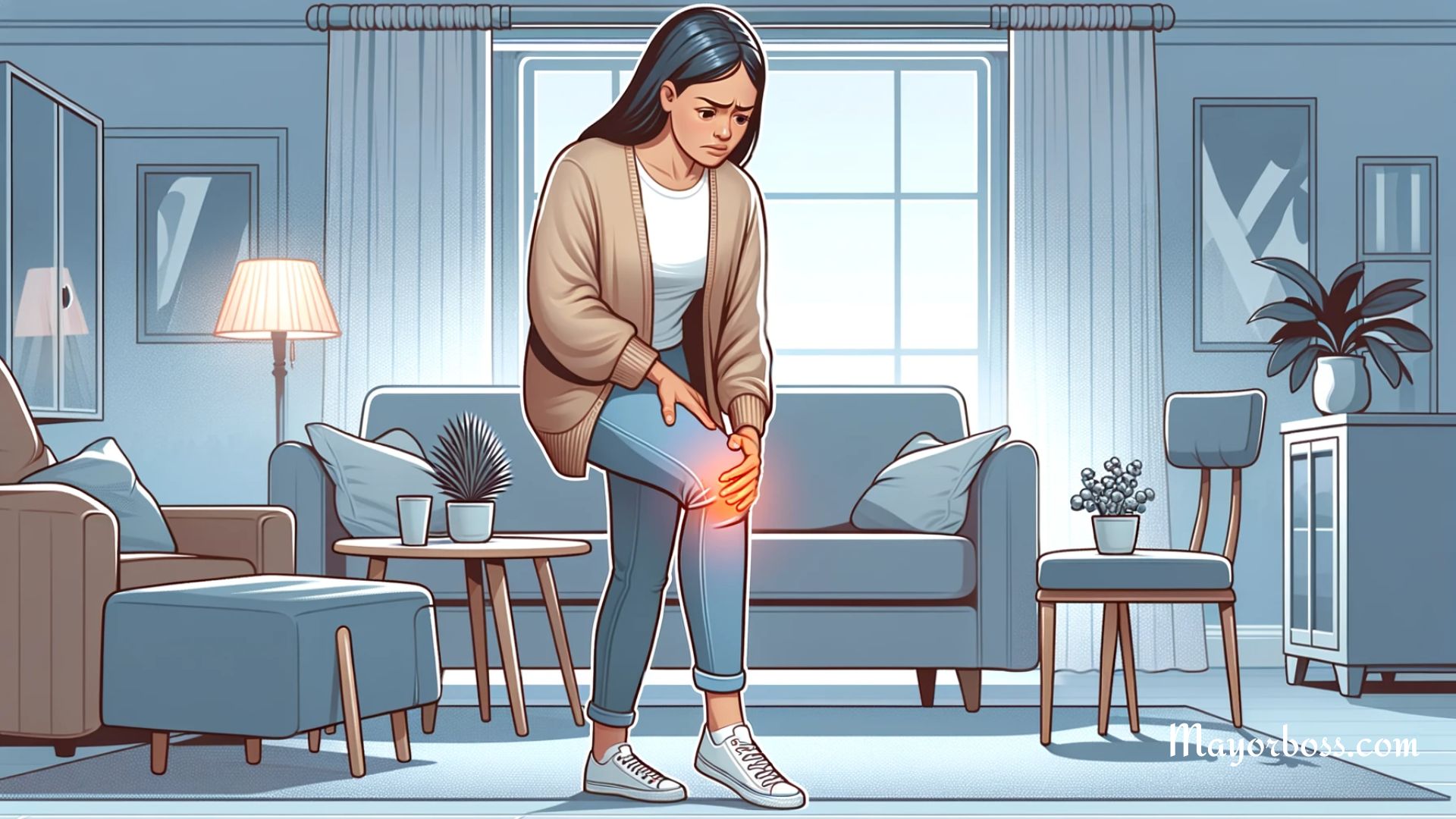The Unexpected Reasons Why Your Knee Feels Unstable
Knee instability, or the feeling that your knee is giving way, can be unsettling and confusing. It might seem like your knee suddenly can’t support your weight, or it might feel wobbly when you walk or move. Interestingly, this sensation can be caused by several factors, ranging from physical injuries to underlying health conditions.
Understanding Knee Instability
What is Knee Instability?
Knee instability is the sensation that your knee is not stable or secure. This might make you feel like your knee will buckle under the pressure of your body weight. It’s a common issue, especially among athletes, but it can happen to anyone.
Common Symptoms
- A feeling that your knee is giving way
- Wobbliness or uncertainty when walking or turning
- Clicking or popping noises in the knee
- Pain or discomfort, especially when moving
- Swelling or stiffness in the knee area
Causes of Knee Instability

Ligament Injuries
One of the most common causes of knee instability is an injury to the ligaments. Ligaments are tough, elastic bands of tissue that connect bones and stabilize joints. Injuries like ACL (anterior cruciate ligament) or MCL (medial collateral ligament) tears can significantly weaken knee stability.
Meniscus Tears
Your knee has two menisci, which are C-shaped pieces of cartilage acting as shock absorbers between your thighbone and shinbone. A tear in this cartilage can lead to instability, pain, and swelling.
Arthritis
Arthritis, particularly osteoarthritis, can cause knee instability. As the cartilage in your knee wears down, the joint becomes less stable. This might lead to a feeling of weakness or buckling.
Muscle Weakness
Weakness in the muscles around the knee, especially the quadriceps and hamstrings, can contribute to instability. These muscles are crucial for knee support, and if they’re not strong enough, your knee might feel less secure.
Patellar Issues
Problems with the patella (kneecap), like patellar subluxation or dislocation, can cause the knee to feel unstable. These issues occur when the kneecap moves out of its normal position.
Nerve and Blood Flow Issues
Sometimes, the problem isn’t directly in the knee. Issues with nerves or blood flow in the leg can affect knee stability. For example, nerve damage can weaken the muscles that support the knee.
Managing Knee Instability
Medical Evaluation
If you’re experiencing knee instability, it’s crucial to see a healthcare professional. They can diagnose the cause and recommend the best treatment plan.
Physical Therapy
Frankly, physical therapy is often a crucial part of treatment. Strengthening the muscles around the knee can help stabilize the joint and reduce the feeling of instability.
Braces and Supports
Wearing a knee brace or support can provide extra stability and help prevent further injury. It’s a temporary solution that can be especially helpful during physical activities.
Surgery
In some cases, such as severe ligament tears, surgery might be necessary to restore stability to the knee.
Lifestyle Modifications
Making lifestyle changes, like losing weight or avoiding certain activities, can reduce stress on the knee and help with instability.
Knee instability can be a sign that something is wrong with your knee. Whether it’s due to an injury, a medical condition, or simply muscle weakness, addressing the issue is important for your overall mobility and quality of life. Talk to your physician. Taking care of your knees is essential for keeping you moving smoothly and confidently.
